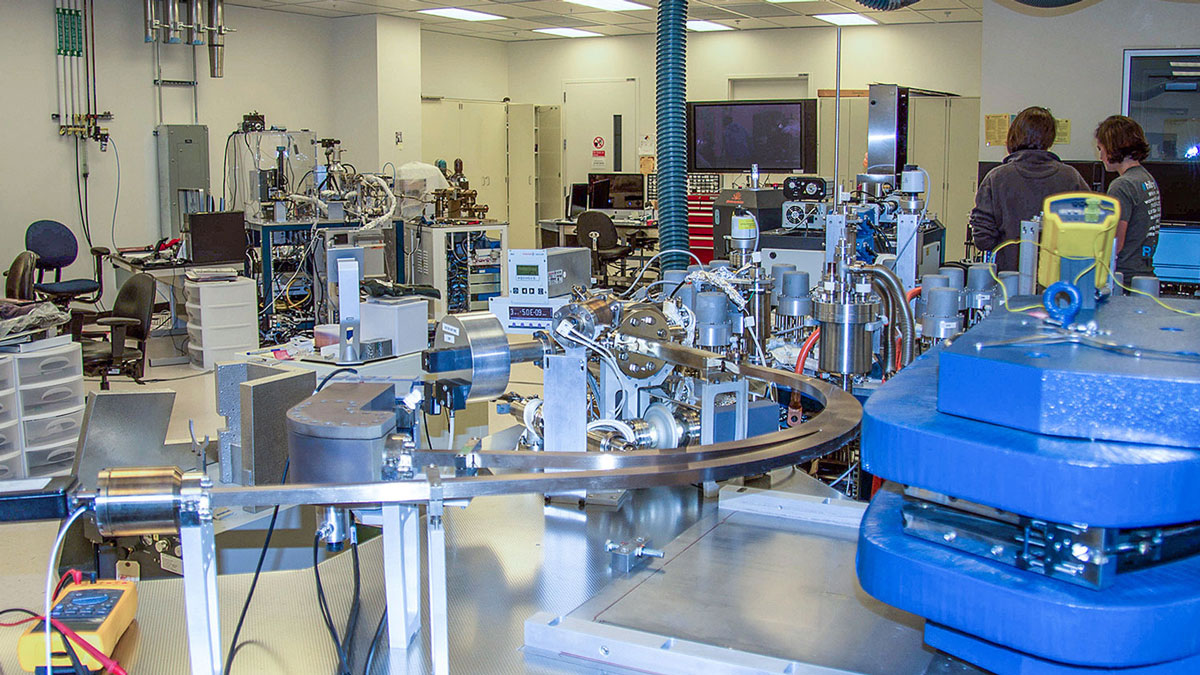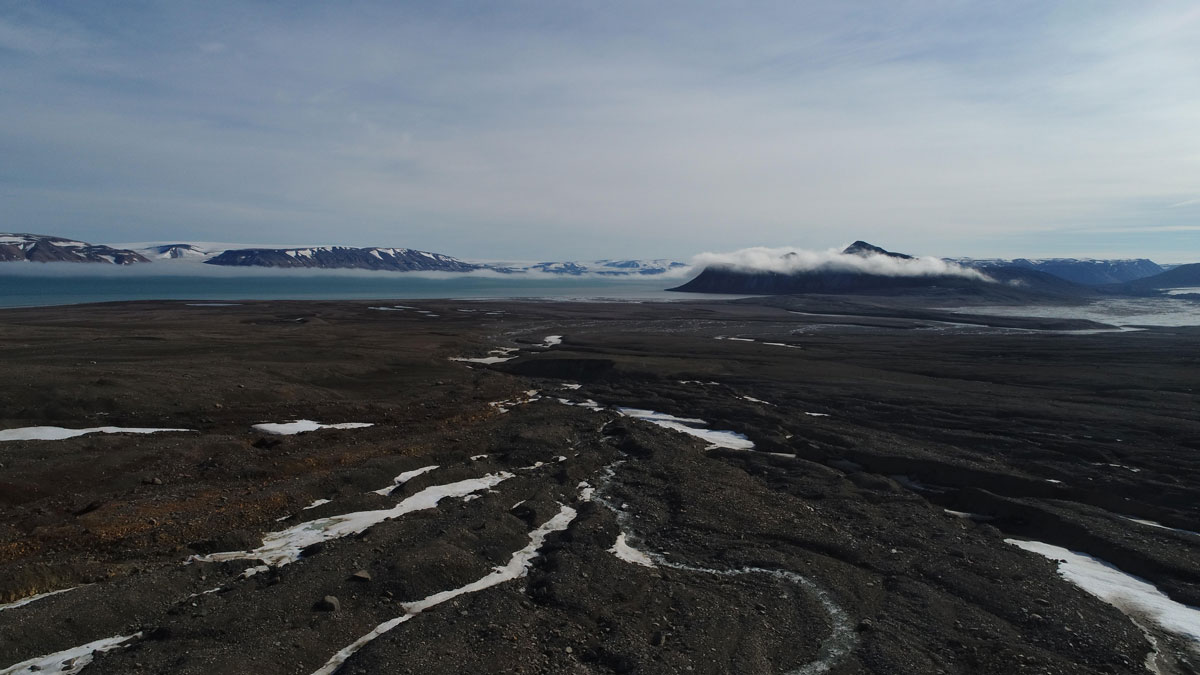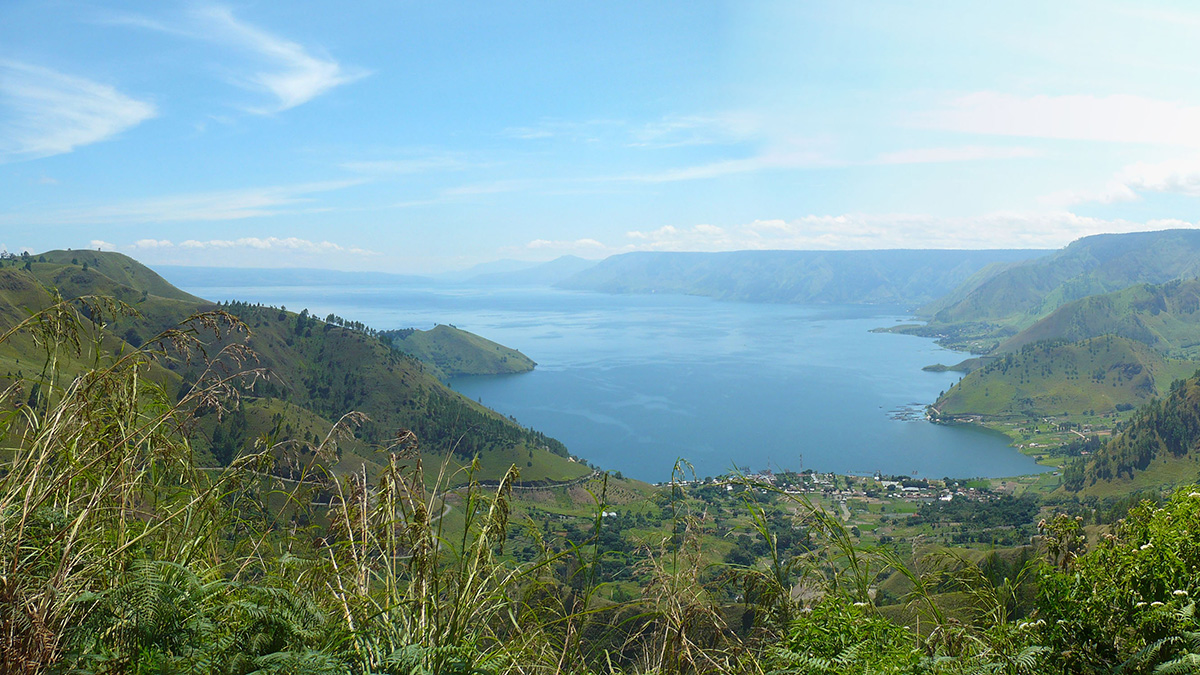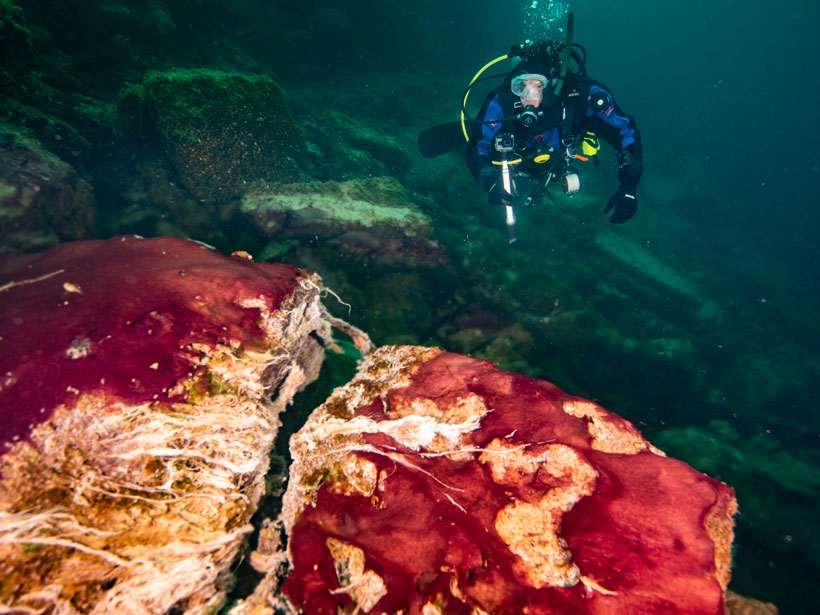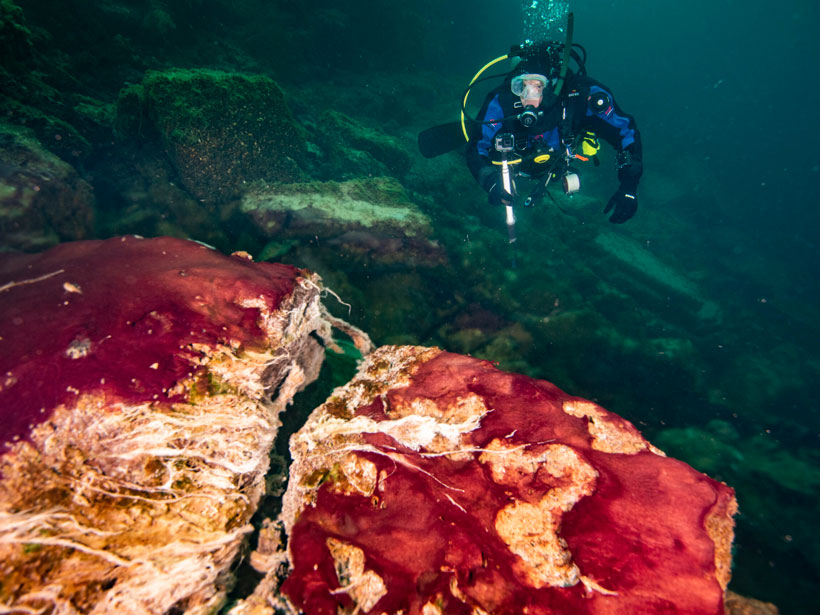By analyzing rare Martian meteorites, researchers have uncovered a crystalline structure created by a large asteroid or comet impact that potentially affected the Red Planet’s habitability.
geochronology
Long-Term Planning For Deep-time Labs
When directors depart argon labs, what happens to their expensive equipment, skilled staff, and institutional knowledge?
Updating Dating Helps Tackle Deep-Time Quandaries
Geochronologists are finding fresh approaches to familiar methodologies, especially by zapping rocks with lasers to tackle classic Precambrian problems.
How to Work in the Dark on Deep Time
Researchers who study the formation of Earth show how ingenuity can shed light on hidden moments of creation.
La vida después de una super erupción
Una vez que una erupción volcánica masiva termina, el sistema subyacente puede mantenerse activo por miles de años. Una nueva investigación vislumbra cómo funcionan los ciclos de super erupciones.
Life After a Supereruption
Once a massive volcanic eruption is finished, the underlying system can remain active for thousands of years. New research illuminates how supereruption cycles work.
Días más largos probablemente incrementaron el oxígeno temprano de la Tierra
Tapetes microbianos en el sumidero del Lago Huron, combinado con modelado, sugiere que el cambio en duración del día de la Tierra podría haber jugado un rol principal en la oxigenación de la atmósfera.
Longer Days Likely Boosted Earth’s Early Oxygen
Microbial mats in a Lake Huron sinkhole, combined with modeling work, suggest that the changing length of Earth’s day could have played a key role in oxygenating the atmosphere.
Meet Jane, the Zircon Grain—Geochronology’s New Mascot
In a children’s book written by geochronologist Matthew Fox, he condenses 400 million years of history into 34 playfully poetic pages as he follows the travels of a single grain of sand.


